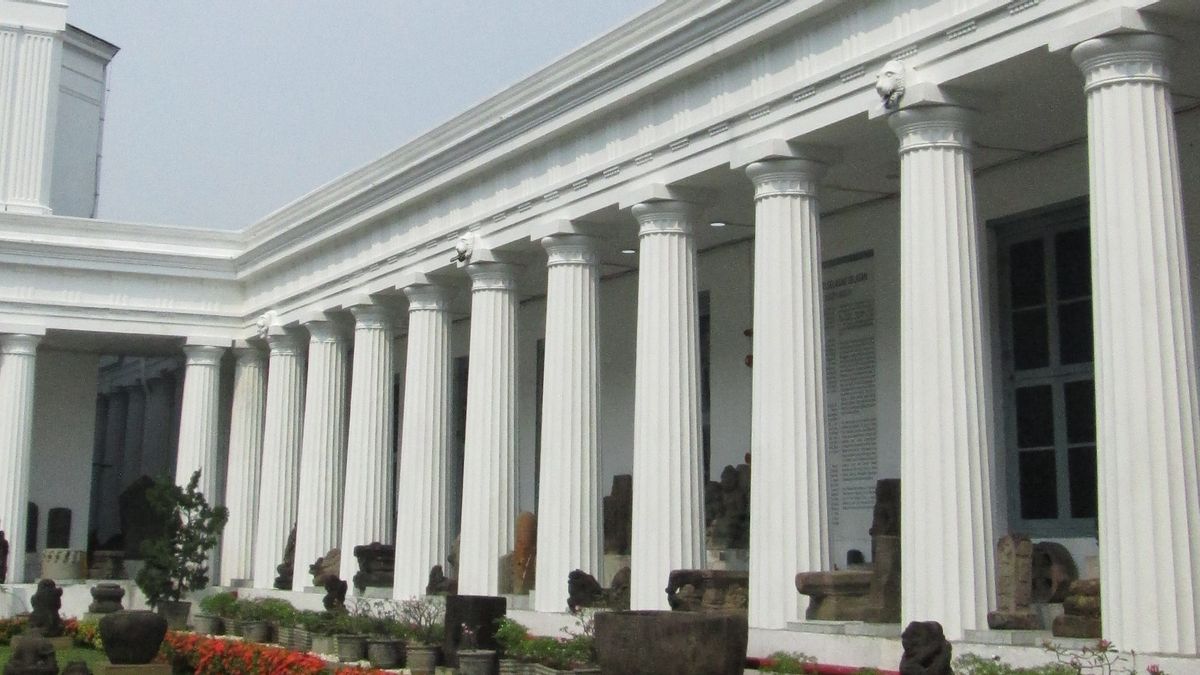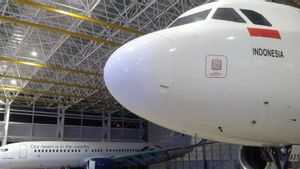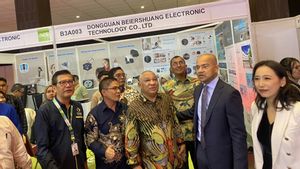JAKARTA - Museum management in Indonesia must be maximized. Don't just use it to store ancient or valuable items. But museums to preserve history.
"The advanced nation has well-collected and archived historical data, so it can be studied comprehensively to become the basis for studies that can be used to anticipate challenges in the future," said Chairman of the Indonesian House of Representatives, Puan Maharani, Tuesday, August 22.
"So it is very important that we take care of the museum as a place that stores and archives historical evidence and relics of the Indonesian nation," continued the first woman who was the chairman of the Indonesian House of Representatives.
As is known, the roof of the Indonesian National Museum or the Elephant Museum collapsed some time ago. As a result, the management of the National Museum of Indonesia, which is under the auspices of the Ministry of Education, Culture, Research and Technology (Kemendikbudristek), has received sharp criticism.
In addition, a number of visitors also felt that the management of the museum was not good, among others, because of the arrangement of the collection that seemed to be put. Then the glossy statue because it was free to hold, and because of a group of visitors who opened the provisions while lesehan.
Puan hopes that the management of museums in Indonesia can be further improved.
"Don't let the museum seem only a place to put ancient goods but ignore their functions and goals," said Puan.
The former Coordinating Minister for Human Development and Culture said that the museum must also act as a source of education to foster national insight from citizens. Puan hopes that the museum will not only become a place for historical objects.
"If managed properly, museums can play a role in the progress of the times. Because a great nation is a nation that remembers its history, including objects or evidence of the nation's struggles," he said.
SEE ALSO:
Puan assessed that museum management by following the times can also spark the interest of the younger generation. Therefore, the museum is encouraged to be more observant in seeing opportunities.
The facilities in the museum can be made with the themes that young people like. Of course, without leaving aesthetics and values built from each museum," said Puan.
"And try to have programs that involve the participation of visitors, including for historical groups and past relics," he continued.
For the National Museum located in Jakarta, Puan encourages to be moreautify and prepare. Because with complete collections, the largest museum in Southeast Asia has the potential to be an attraction for domestic and foreign tourists.
Puan reminded the importance of the National Museum to become a place to store historical Indonesian objects that had been abroad. For example, Indonesian heirlooms that will be repatriated by the Dutch.
A number of historical Indonesian objects that have just been repatriated by the Netherlands and will be returned to the country amounted to 472 pieces. Some of them are 4 statues Singosari and 335 treasures of Lombok.
"These objects are also given the status as Cultural Heritage Objects before arriving in Indonesia. So the arrangement and preparation made by the museum must be maximized. Don't let us have worked hard to retrieve our historical objects, but they are not stored properly," concluded Puan.
The English, Chinese, Japanese, Arabic, and French versions are automatically generated by the AI. So there may still be inaccuracies in translating, please always see Indonesian as our main language. (system supported by DigitalSiber.id)

















